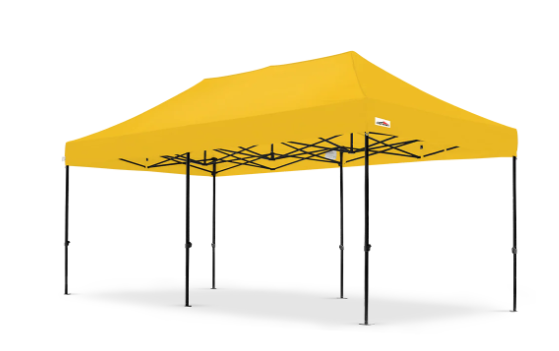
Every dog needs identification. Collars and microchips aren’t always enough. When a dog gets lost, tags make it easier for someone to return them. That’s why it’s essential to find the best dog tags for your pup. These tags can be a lifesaver, offering quick information when time is of the essence. But choosing the right tag takes a little thought. Here’s what you need to know to make the best choice.
Why Dog Tags Matter
Accidents happen. Even the most trained dog can slip through the door or jump a fence. Without a tag, it becomes harder for someone to help them get home. Microchips are helpful but not always practical. Most people won’t have the tools to scan one. A tag makes things easy.
A good dog tag includes
- Your dog’s name
- Your phone number
- City or state (optional but helpful)
This basic info increases the odds that a stranger can contact you quickly. The faster someone reaches you, the lower the chance your dog ends up in a shelter.
Types of Dog Tags
There are several types of tags available. Here’s a breakdown of the most common options
1. Metal Tags
- Durable and withstand wear and tear.
- Can engrave information directly onto the surface.
- Popular materials include stainless steel, brass, and aluminum.
The downside? Some metals can fade or rust over time, especially if your dog swims a lot. Stainless steel offers the best durability for active pups.
2. Plastic Tags
- Lightweight and won’t make noise when they clink against other tags.
- Ideal for dogs that dislike heavy collars.
However, plastic can crack or wear down faster than metal, especially with rough use. They’re a good option for smaller or indoor dogs.
3. QR Code Tags
- Scannable tags that provide more information than traditional tags.
- Can link to an online profile with medical information and alternate contacts.
These tags are high-tech but rely on someone having a smartphone. Some people may prefer simpler solutions.
4. Personalized Tags
- You can customize colors, shapes, and designs.
- Many brands offer engraving with your pet’s name and phone number.
Personalized tags make it easier to reflect your pet’s personality while staying functional.
What to Consider When Choosing a Dog Tag
There are a few key factors to think about before making your choice
- Size and Weight
Small dogs need lightweight tags. Heavy tags can weigh down their collars and make them uncomfortable. - Engraving Quality
Look for deep engravings that won’t fade. Laser-engraved tags tend to last longer than printed ones. - Durability
If your dog loves outdoor adventures, choose a tag that can handle it. Stainless steel or brass are best for durability. - Noise
Some tags jingle too much, especially if your dog has multiple tags on their collar. Look for designs with silicone or plastic covers to keep things quiet. - Style
Some dog owners want functional tags. Others prefer stylish designs. You can get both! There are plenty of trendy, personalized options available.
The Importance of Updating Your Dog’s Tag
Your dog’s tag is only helpful if the information is current. If you move or change your phone number, update the tag immediately. Some owners prefer tags with QR codes or links to profiles that they can update online. That way, they don’t need a new tag every time something changes.
It’s also a good idea to inspect the tag every few months. Look for any signs of wear, especially if the engraving is starting to fade.
How to Attach Dog Tags Properly
Simply sliding the tag onto the collar isn’t enough. Make sure the tag
- Lays flat against the collar to prevent snagging.
- Doesn’t interfere with any leash attachments.
- Is securely attached with a sturdy ring or clip.
If your dog is extra active, consider using a split ring or rivet to hold the tag in place. Some tags even come with locking mechanisms for added security.
Bonus Tip: Get a Backup Tag
It’s always smart to have an extra tag. If your dog’s collar breaks or you switch collars, you’ll still have a tag ready to go. Keep a backup tag in a safe spot, like your glove compartment or backpack. That way, you won’t scramble if the original gets lost or damaged.
Where to Find the Best Dog Tags
Finding the right tag doesn’t have to be a hassle. Plenty of brands offer stylish, durable options. If you’re looking for the best dog tags for your pup, head over to Two Tails Pet Company. Their collection includes both trendy and practical designs, perfect for all types of dogs.
Final Thoughts
A dog tag is more than an accessory—it’s a safety tool. Whether you choose metal, plastic, or a high-tech option, the most important thing is making sure your dog always has one. It’s a small step that makes a big difference if your pet ever gets lost.
Don’t wait. Pick the best dog tags for your pup today and give yourself peace of mind. You’ll never regret being prepared.
Write and Win: Participate in Creative writing Contest & International Essay Contest and win fabulous prizes.


